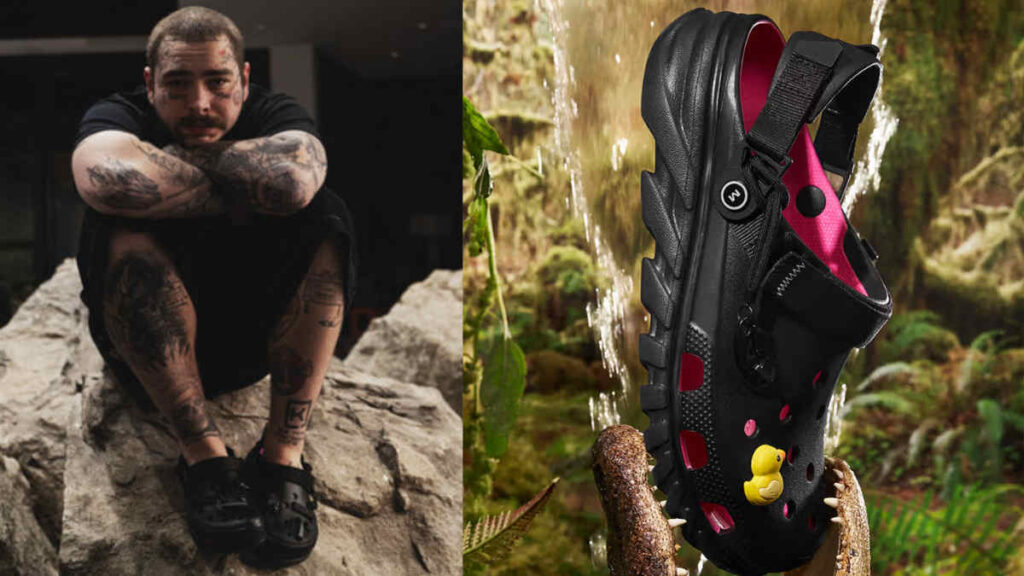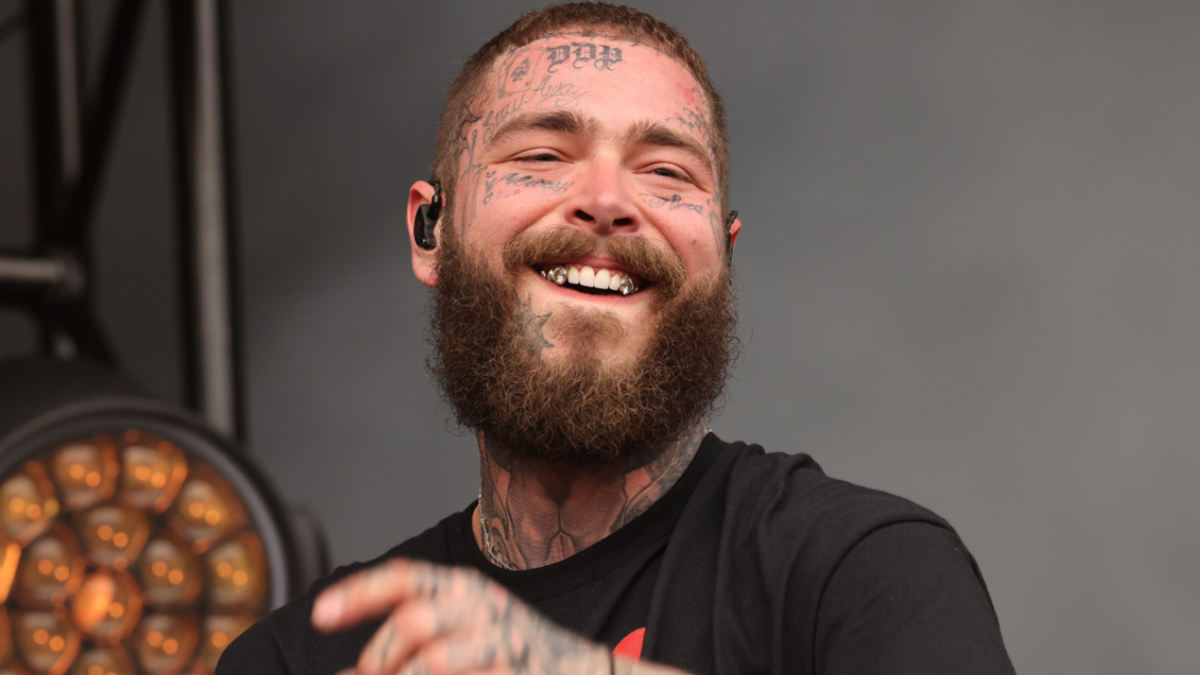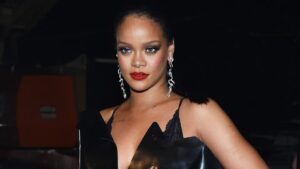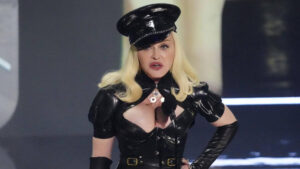From the moment White Iverson dropped in 2015, it was clear Post Malone wasn’t following anyone’s blueprint. Born Austin Richard Post in Grapevine, Texas, he went from recording songs in his bedroom to headlining global arenas in under a decade. But what’s more impressive than his rapid rise is how he’s turned fame into a financial machine — quietly, strategically, and without ever fitting the mold of a typical pop star. While many artists rely solely on music sales or tours, Post has built an empire rooted in authenticity, creative risk-taking, and a deep understanding of his audience. His income isn’t just stacked — it’s diversified, dynamic, and often unexpected. In this article, we’ll unpack how Post Malone makes his money across music, merch, live shows, and brand deals — and why his path to wealth is as genre-blending as his sound.
The Studio Goldmine — How Post Malone Turns Music into Millions
Breaking Records, Streaming Fortunes
Post Malone isn’t just streaming well — he’s rewriting the rules of digital success. With over 15 billion Spotify streams as of 2025, he’s one of the platform’s most-played artists of all time. Take Rockstar, which alone has surpassed 2.9 billion streams, generating an estimated $10–12 million from Spotify, based on average payout rates. But it’s not just the raw numbers — it’s the consistency. Post’s albums dominate global charts upon release and remain in heavy rotation years later, proving he’s more than a viral flash. His sonic versatility keeps him on every playlist — from rap to chill pop, which means more impressions, more royalties, and more revenue.
Curious where all that money leads? Post Malone’s $50 million net worth in 2025 breaks down the full empire, from music to merch to mansions.
Songwriting & Producer Credits That Keep Paying
What many fans don’t see is how Post Malone makes money even when the music’s not playing. As a credited songwriter on most of his tracks, Post earns publishing royalties — payouts for owning a share of the song’s intellectual property. That means every radio spin, film placement, or streaming play triggers income beyond performance royalties. These “mechanical royalties,” as they’re called, are collected globally and keep flowing long after a song leaves the charts. Unlike artists who rely only on tour or merch money, Post built lasting revenue by owning his work. It’s the quiet power move behind his financial staying power.
For a full timeline of how Post Malone’s fortune evolved year by year, from White Iverson to 2025, don’t miss this breakdown.
Living for the Stage — The Tour Life That Funds the Lifestyle
Selling Out Arenas (and Grossing Millions)
Post Malone’s tours are more than spectacles — they’re strategic revenue machines. His 2019 Runaway Tour reportedly grossed over $90 million, selling out major arenas across North America and Europe. A single night can pull in $1–2 million, thanks to tiered ticket pricing (from general admission to VIP packages), high-demand locations, and limited dates that drive urgency. But the real kicker? Merch. Pop-up booths at each venue push exclusive tour items that fans can’t get online — a savvy move that can add six figures per night to the bottom line. Post and his team also time tours around album releases to maximize fan momentum, proving his live show isn’t just an experience — it’s a finely tuned financial operation.
Post’s Touring Philosophy: What Sets His Shows Apart
There’s something disarmingly raw about a Post Malone concert. I remember seeing him live in 2019 — cigarette in hand, beer perched on a speaker, belting I Fall Apart like it hurt all over again. It didn’t feel like a polished arena act; it felt like watching a friend spiral into a love song. That’s his secret. Post strips away the pop-star polish and gives you something human. He chats between songs, thanks the crowd like he means it, and never fakes the emotion. Fans aren’t just attending a show — they’re witnessing a moment. That emotional connection translates into loyalty, and loyalty turns into ticket sales, repeat attendance, and merch lines that snake around the block. His tour isn’t just profitable — it’s personal.

Merch Madness — A Streetwear-Inspired Revenue Stream
Post Malone’s merch isn’t your average concert tee — it’s a full-on streetwear statement. Through his brand Posty Co., he’s crafted a visual identity that feels more skate shop than souvenir stand. Bold graphics, dystopian fonts, and offbeat slogans turn each drop into a collectible moment. It’s not just about wearing a shirt; it’s about owning a piece of the Post Malone universe.
What makes Posty Co. click is its understanding of hype culture. Many releases are limited-edition, often timed around album drops or tours, and promoted with cryptic teasers that drive urgency. It’s a tactic borrowed from brands like Supreme or Travis Scott’s Cactus Jack — and it works. Post’s merch routinely sells out within hours, with some items flipping for double on resale sites.
This fusion of music and fashion allows Post to tap into a revenue stream that’s as much about identity as it is about income. He’s not just selling clothes — he’s selling culture.
Endorsements That Fit — Why Post Says No (and When He Says Yes)
Strategic Partnerships with Cultural Credibility
Post Malone doesn’t slap his name on just anything — and that’s exactly why his endorsements work. His brand deals reflect who he is, not just what sells. Think Bud Light, Crocs, and gaming gear like HyperX — all rooted in the lifestyle he genuinely lives. These partnerships resonate because they feel organic, not transactional. You can imagine Post sipping a Bud Light backstage or showing up to an awards show in Crocs because… he does.
Unlike many celebs chasing every sponsorship dollar, Post keeps his endorsements rare and aligned. That restraint builds credibility, making each partnership feel special and believable. In a world of influencer overload, Post’s selective approach stands out — and ironically, makes brands chase him.
Learn how Post built Grapevine Beer and other authentic ventures that match his lifestyle and amplify his brand.
The Crocs Collaboration That Crashed the Site
When Post Malone dropped his first Crocs collab in 2018, the internet nearly broke. The quirky clogs — complete with custom Jibbitz charms like barbed wire and skulls — sold out in less than 10 minutes, crashing the Crocs website in the process. What started as a tongue-in-cheek fashion moment quickly snowballed into a full-blown hype phenomenon. Fans posted their unboxings on TikTok, while resellers flipped pairs for 3–5 times the retail price on secondary markets.

But this wasn’t just about footwear — it was a masterclass in brand synergy. Post took something uncool and made it desirable, simply by being himself. The collab felt weird, bold, and totally on-brand, proving that when an artist’s identity aligns with a product, cultural and commercial impact follow.
The Portfolio Beyond the Mic — Business Moves and Side Investments
Beyond the mic and the merch table, Post Malone is quietly building a business empire. One of his most visible ventures is Maison No. 9, a sleek, pastel-pink rosé that launched in 2020 and sold out its first 50,000 bottles in just two days. But wine is only part of the picture. Post has also invested in real estate, including a massive compound outside Salt Lake City — reportedly equipped with a recording studio, apocalypse bunker, and full-blown gun range.
He’s also shown interest in the gaming world, collaborating with brands like HyperX and streaming on Twitch, tapping into a highly engaged demographic. There are whispers of investments in cannabis and lifestyle tech, though he’s kept those moves low-key. Altogether, Post is crafting the portfolio of a modern artist-entrepreneur — intentional, diversified, and built to last.
Take a closer look inside his massive Utah compound and other properties that reflect Post’s private, grounded lifestyle.
Net Worth in Perspective — How Post Stacks Up Against Industry Peers
As of 2025, Post Malone’s estimated net worth sits around $50 million — impressive by any measure, yet still trailing some of his closest peers. Drake, with a career spanning over 15 years and ventures like OVO and a lucrative deal with Universal, is reportedly worth over $300 million. The Weeknd, boosted by global tours and a major equity stake in XO Records, sits near $300 million. Even Travis Scott, whose business empire includes Cactus Jack, Nike collaborations, and a McDonald’s deal, is estimated around $80 million.
For a head-to-head breakdown of how Post Malone stacks up financially against Drake in 2025, check out this deep-dive.
Authenticity Pays — Why Fans (and Brands) Keep Buying into Post Malone
There’s always been something beautifully offbeat about Post Malone. From his face tattoos to his genre-bending ballads, he’s never tried to fit in — and that’s exactly why fans lean in. I remember when Stoney dropped and people weren’t sure what to make of him. Was he hip-hop? Pop? Just lucky? Turns out, he was just Post — and that’s all it ever took.
His vulnerability isn’t performative; it’s woven into every track, every awkward laugh, every beer-sipping moment on stage. That kind of realness is rare in an industry obsessed with polish, and it’s the foundation of his empire. Fans trust him. Brands trust him. And that trust translates into longevity — the kind of success that isn’t just earned, but felt.
The Multi-Stream Millionaire Model
Post Malone’s fortune didn’t happen by chance — it’s the product of a smart, multi-stream approach that blends art with enterprise. From platinum hits and sold-out tours to fashion drops and brand deals, he’s turned authenticity into strategy. His career proves that today’s most successful artists aren’t just performers — they’re entrepreneurs, curators, and storytellers. Post didn’t just ride the wave of fame; he engineered his ecosystem. And in doing so, he’s created a blueprint for the next generation of musicians who want more than hits — they want a legacy.
Nishant is a digital strategist and celebrity finance analyst with over 15 years of experience in SEO-driven content. As Founder of TheNetWorths.com, he creates high-authority profiles on wealth, branding, and cultural influence.



















